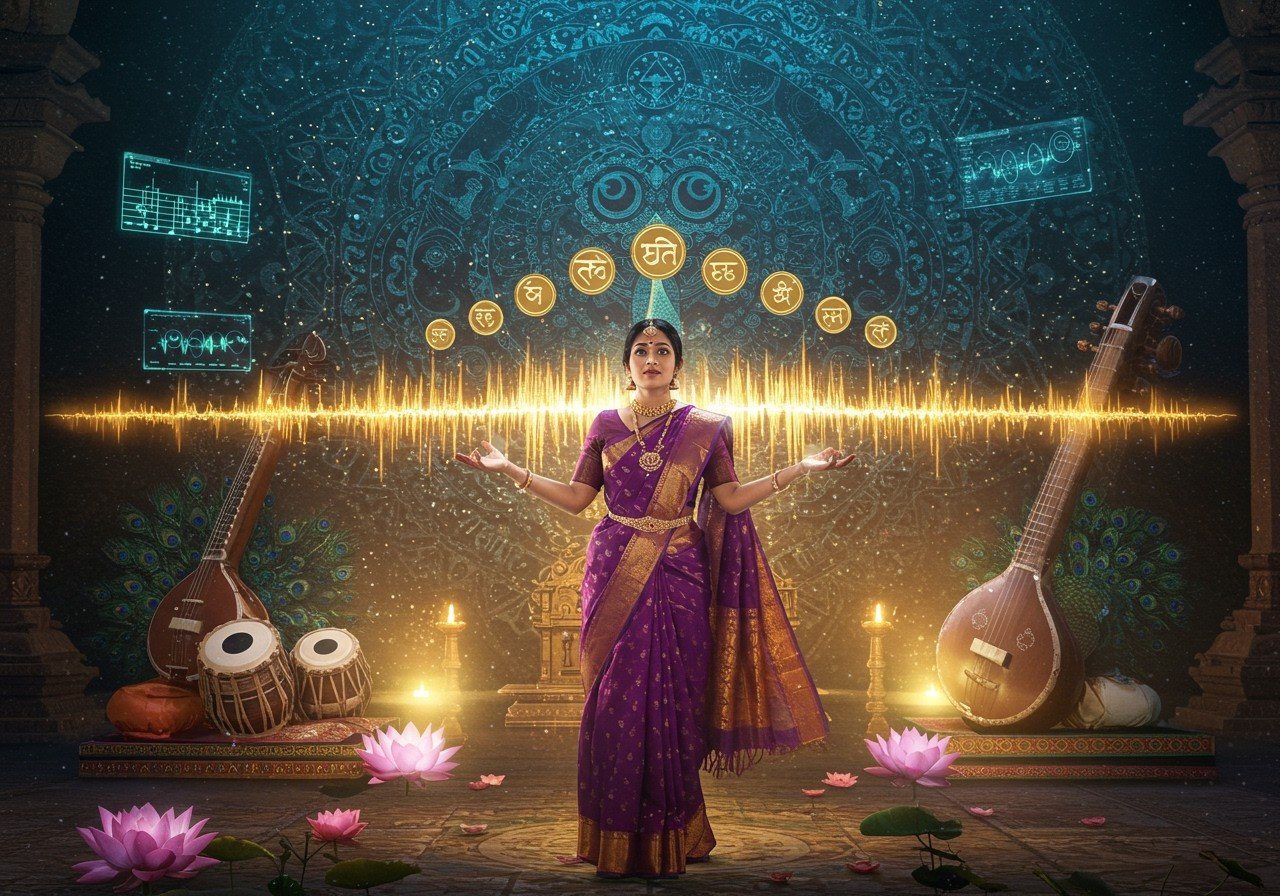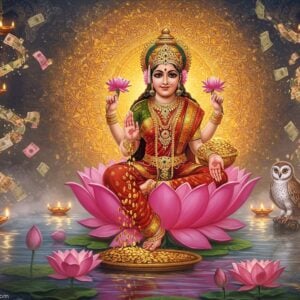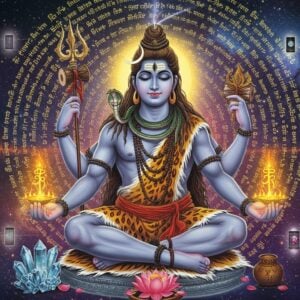
In India, ‘svara’ is more than just a musical note. It’s deeply woven into our rich cultural tapestry, a thread connecting our heritage to the present. In 2025, as we embrace the convenience of online shopping, ‘svara’ continues to resonate deeply with those who cherish tradition. This blog delves into the heart of ‘svara’, exploring its significance for those who value both their cultural roots and modern conveniences.
Understanding the Essence of Svara
Svara, at its core, is a fundamental element of Indian classical music. Derived from Sanskrit, where it signifies ‘sound’ or ‘note’, it serves as the very building block of melody in ragas. Think of ragas as the melodic frameworks upon which musical compositions are built, and svaras as the bricks that give them form and life.
The influence of ‘svara’ extends beyond classical music, permeating various Indian languages and cultural expressions. Whether it’s Kannada, Hindi, or Gujarati, the word carries a similar weight, highlighting its profound cultural impact. Even beyond our borders, echoes of this concept can be found, reflecting the universal power of music and its fundamental elements.
Svara’s Significance in Indian Classical Music
In Indian classical music, a svara is much more than just a sound; it’s the lifeblood of the melody, imbued with cultural and emotional depth. While similar to a note in Western music, it carries a richer significance. It embodies not only the note itself but also its tone, the breath that produces it, and the vowel it resonates with, creating a powerful link between music and vocal expression.
The Seven Pillars of Melody: Saptak
At the heart of Indian classical music lie the seven fundamental svaras: Sa, Re, Ga, Ma, Pa, Dha, and Ni. Together, these svaras form a saptak, which is equivalent to an octave in Western music. Each svara contributes its unique character to the melody. Sa (Shadja) and Pa (Panchama), known as achal svaras or fixed notes, provide an unwavering foundation, while the remaining svaras can be altered (vikruti svaras) with komal (flat) and tivra (sharp) variations, adding layers of complexity and nuance to the music.
Expressing Emotions Through the Language of Svaras
The power of svaras lies in their ability to express a wide range of emotions. Specific combinations can evoke joy, sorrow, peace, or excitement, connecting with the listener on a profound level. It’s this emotional depth that makes Indian music so captivating and deeply moving.
The Interplay of Svara and Shruti
While a svara is a distinct musical note, a shruti represents the smallest perceptible difference in pitch. Imagine shrutis as the fine gradations of sound within an octave, and svaras as the carefully chosen pitches from these shrutis that create the melody. With 22 shrutis in an octave, Indian music offers incredible flexibility and subtlety in its melodic expression.
Svara in the Digital Age: 2025 and Beyond
Even in 2025, ‘svara’ continues to hold a central place in Indian culture. Younger generations seamlessly blend traditional music with contemporary genres, fostering a sense of continuity. Online platforms have democratized access to Indian classical music, allowing it to reach a global audience and connect with the Indian diaspora worldwide. This harmonious blend of heritage and modernity provides a sense of identity and belonging for culturally rooted Indians.
Svara’s Resonance Across Languages and Cultures
The influence of ‘svara’ is evident across various Indian languages and cultural expressions. In Kannada, it plays a vital role in Carnatic music, enriching local traditions. In Hindi, it finds its way into film music and popular songs, adding a touch of classical elegance. Gujarati folk music also embraces ‘svara’, shaping its unique melodic character. This widespread presence highlights the deep-rooted significance of ‘svara’ in India’s diverse musical landscape.
Svara and Spirituality: A Deeper Connection
Svara’s significance extends beyond the realm of music, touching upon the spiritual essence of Indian culture. The concept of Nada Brahma, which views the universe as sound, elevates ‘svara’ to a manifestation of this cosmic energy. In practices like Nada Yoga, ‘svara’ becomes a tool for spiritual exploration, promoting inner harmony and well-being. The resonance of sacred sounds can evoke profound emotional and spiritual experiences for both performers and listeners, connecting them to something larger than themselves.
Looking to enhance your spiritual practice with authentic instruments? At Poojn.in, we offer a curated collection of sacred sound instruments. Explore our range of Clay Doats for Saraswati Puja and discover the perfect instrument to elevate your spiritual journey.
Poojn.in: Your Gateway to Sacred Sound
At Poojn.in, we understand the deep cultural and spiritual significance of sound in Hindu traditions. We offer a wide selection of authentic instruments, including:
- Vamavarti Shankhs: Premium quality conch shells sourced with utmost care and reverence, perfect for rituals and ceremonies. Find a Vamavarti Shankh that resonates with you and elevates your spiritual practice.
- Sacred Bells (Ghantas): Discover traditional bells crafted with precision and imbued with spiritual significance. Let the resonant sound of a Ghanta fill your space with positive energy.
- Conch Stands and Holders: Display your Shankh with reverence and elegance using our beautifully designed stands and holders.
- Ritual Accessories: Enhance your sound-based ceremonies with our range of accessories designed to complement your spiritual practice.
Need help choosing the perfect instrument? Our knowledgeable team is here to assist you. Visit poojn.in today to explore our collection of ritual items and experience the convenience of online shopping for all your spiritual needs. For personalized guidance, please contact us at 03369029784 or WhatsApp us at 9476142738. We offer secure packaging and nationwide delivery.
Embracing Svara’s Timeless Essence: A Conclusion
As we’ve explored, svara is much more than a musical note; it’s a vibrant thread woven into the fabric of Indian culture. It’s a bridge between our past and present, a melody resonating in the hearts of generations. In 2025, ‘svara’ continues to shape musical expression, spiritual practices, and cultural identity, offering a sense of belonging and continuity. Whether interwoven with modern sounds or resonating in its classical purity, ‘svara’ invites us to explore the depths of music, emotion, and spirituality.


